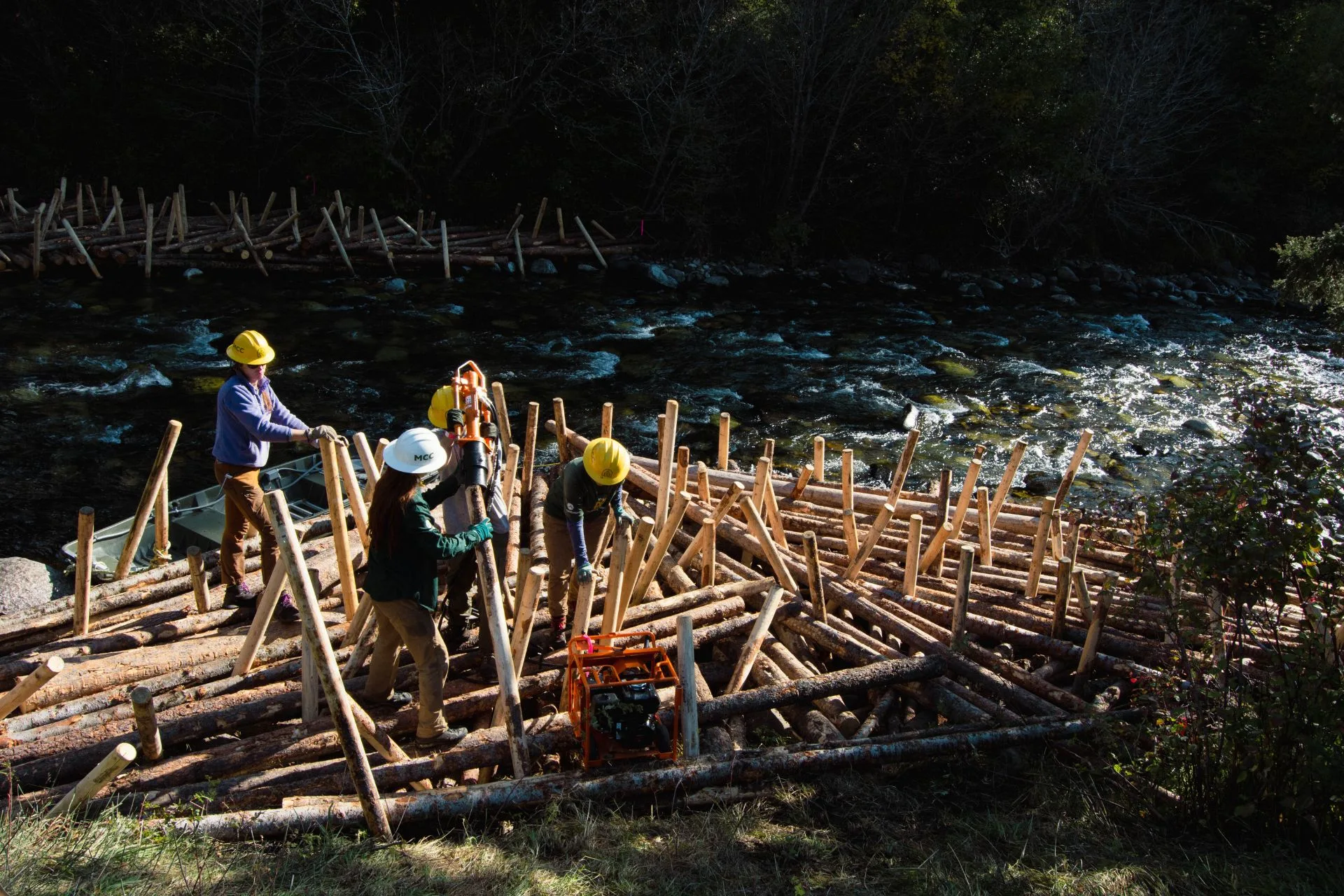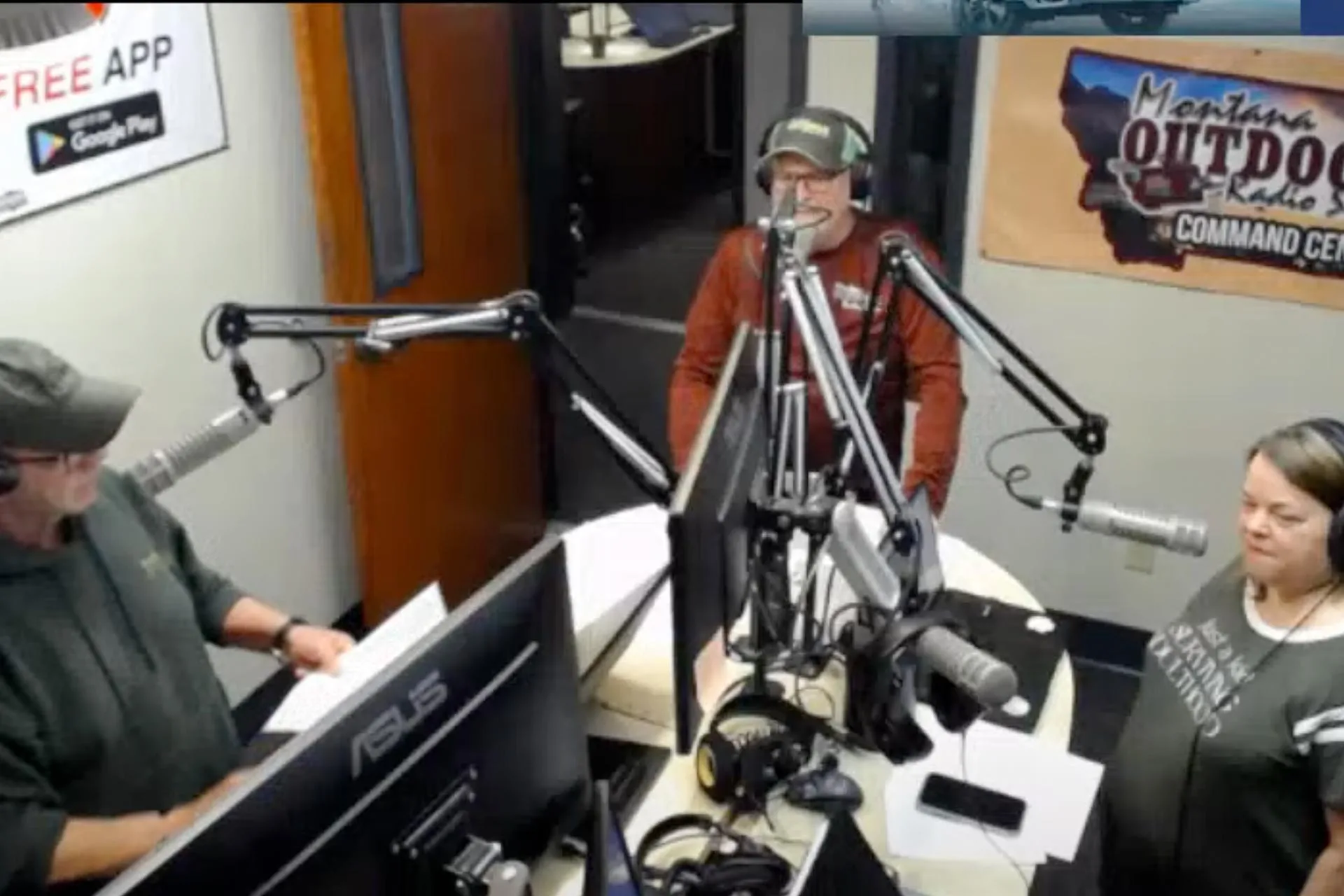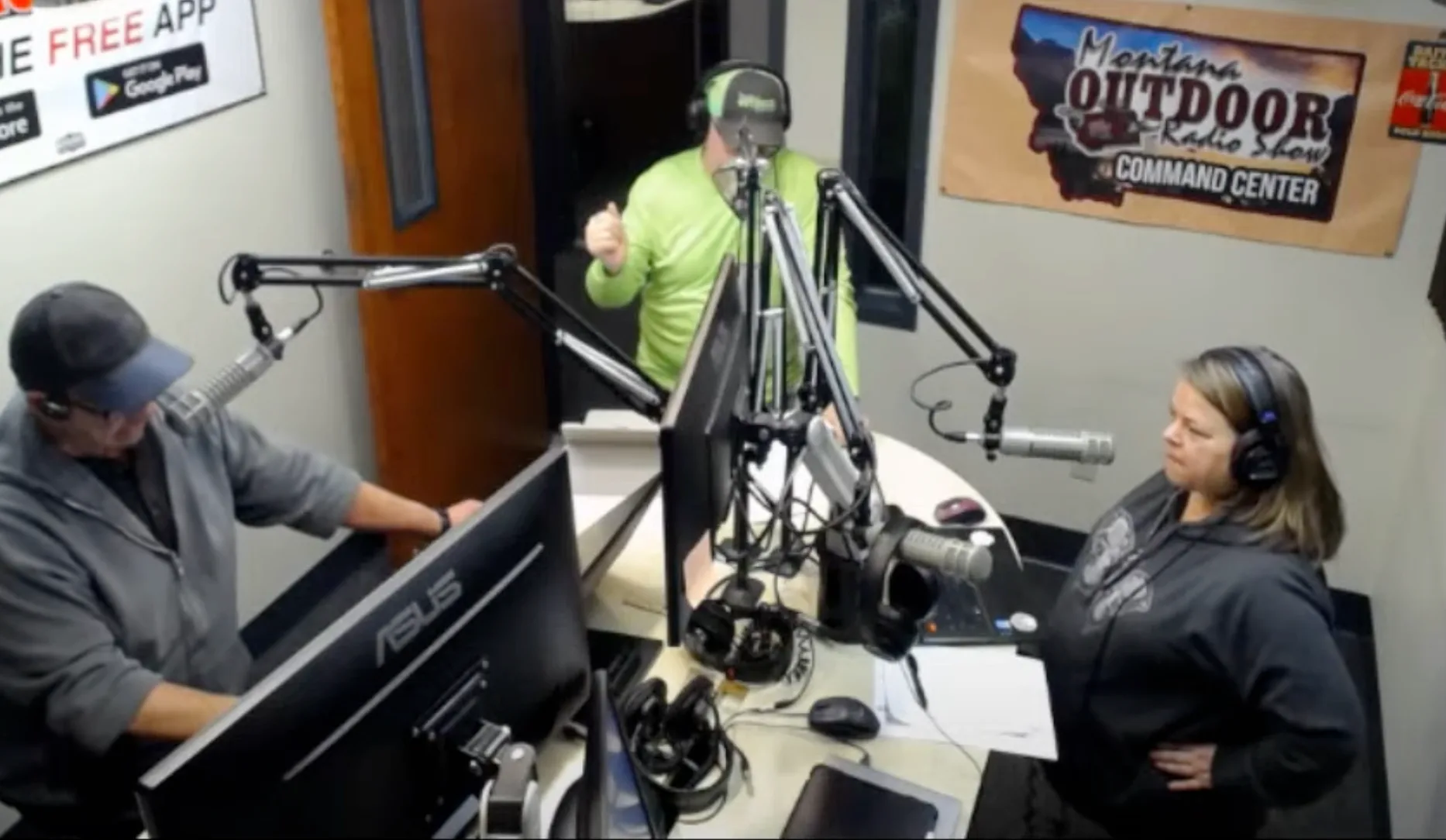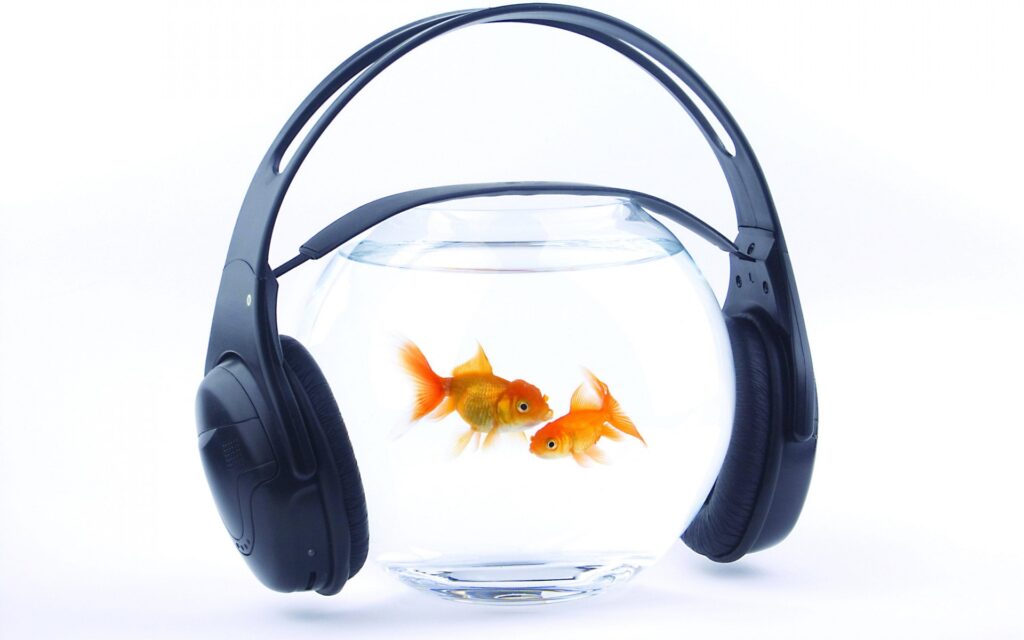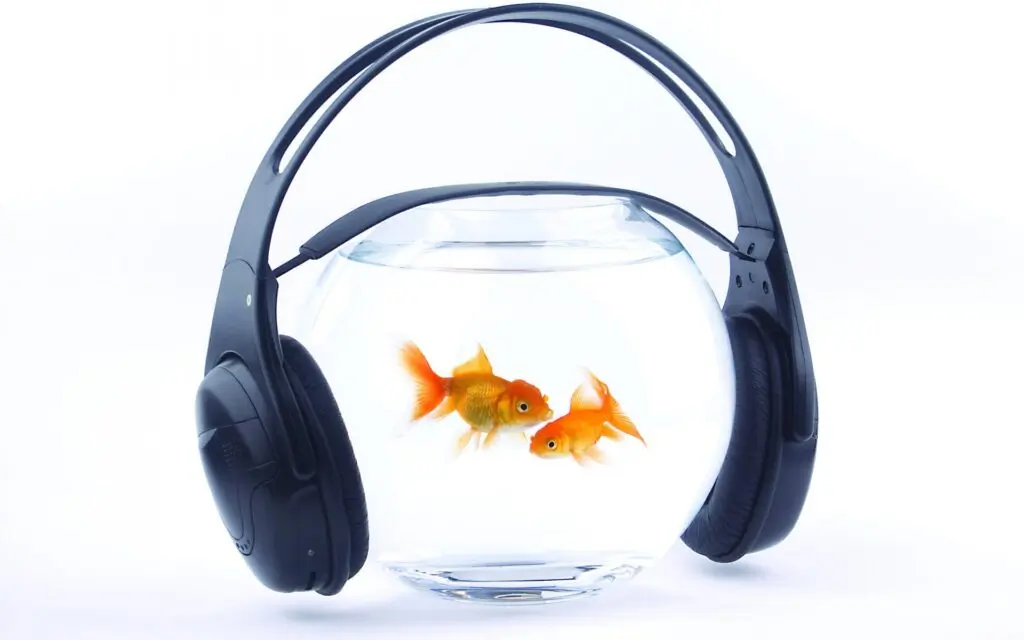BRETT FRENCH | bfrench@billingsgazette.com
The allure of finding gold in Paradise Valley’s Mill Creek attracted placer miners to the stream as soon as the western boundary of the Crow Reservation was reduced by the federal government in 1882.
The tribe sold the land, which included much of the historic mining areas near Yellowstone National Park and the Absaroka and Beartooth mountains, under pressure from ranchers and railroad executives. It was the second large reduction of the reservation. By the following year, 30 mining claims had been filed along Mill Creek.
“The water rights of Mill Creek have also been secured, and now these rich placers, so long locked up in the embrace of the dry old gulch, may be worked and made to yield to the world’s demands for gold,” The Bozeman Courier extolled in an April 26, 1883, article.
More than 140 years later, the Yellowstone River tributary is being manipulated again, this time to benefit native cutthroat trout.
Breaking down the berm
This summer, Trout Unlimited is proposing to complete the second phase of work to create better fish spawning and rearing habitat on the stream near the boundary of the Custer Gallatin National Forest. The agency, along with Montana Fish, Wildlife & Parks and the owner of the 5 Bar 6 Ranch, are partners to the work.
“We’re going to remove parts of a berm in strategic locations to try to open up access to the historic flood plain, improve habitat quality and add some large wood structures to the creek,” explained Ashley Brubaker, a project manager for Trout Unlimited based in Bozeman.
Right now, that 3/4-mile stretch of water is a long, shallow riffle, lacking pools where fish can hide.
“We’ll improve the number of pools and log jam-type structures, since those are really great for fish, for calm water holding areas and also for cover from overhead predators,” Brubaker said.
Last year, TU and its partners completed a similar project along a quarter-mile just upstream, building 10 large log jams. In 2023, fake log jams were installed on the creek as a proof of concept, to see how they would hold up to high water flows during spring runoff, Brubaker explained.
“The results of this work will improve spawning, rearing, and over wintering habitat for Yellowstone cutthroat trout and other species including rainbow trout, brook trout and brown trout,” TU said.
Phase one cost $110,000 with the larger phase two projected to cost $350,000. An FWP environmental analysis of the project can be found online.
Habitat hammered by humans
Although Yellowstone cutthroat trout thrived in the region before Euro-American settlement, the fish now occupy less than half of their historical range.
“Of the remaining Yellowstone cutthroat strongholds, Mill Creek is one of the largest watersheds that occur outside of Yellowstone National Park,” Trout Unlimited project manager Connor Parish wrote in his 2021 letter to the Montana Department of Fish, Wildlife & Parks seeking funding for phase one.
Habitat for the fish on Mill Creek has been impacted by historical mining, logging and livestock grazing that took place in the drainage. In the 1930s a dam was proposed across the creek to create a reservoir in the scenic mountain valley.
“Historic landowners channelized and diked the north bank, cutting off Mill Creek from its side channels and historic flood plain,” Parish wrote to FWP in 2021. “The lack of large wood and instream habitat complexity within this reach indicates that wood has likely been removed and the stream channel simplified.”
During the summer irrigation season, the stream’s lower stretch often goes dry.
That’s bad news for Yellowstone cutthroats, which spawn in late June and early July, swimming up the stream from the Yellowstone River, said Scott Opitz, FWP fisheries biologist in Livingston. The eggs don’t hatch until the end of August. If the creek has run dry by then, the fish won’t survive.
By improving the stream’s habitat, TU is hoping that “fish born in Mill Creek would encounter better rearing conditions that would improve survival and increase abundance of (Yellowstone cutthroat trout) in Mill Creek and in the Yellowstone River.”
Work on this stretch of Mill Creek should also benefit a visible and popular spot for anglers.
“There’s a Forest Service easement that cuts across this chunk of private property, so it’s a really popular fishing location,” Brubaker said. “But the habitat isn’t great, there’s not a lot of complexity and in-stream structure.”
Final water cases in court
Looking into the future, phase three of the project could involve moving the creek away from the road to protect it from high water and to expand fish habitat.
Also on the horizon are possible settlements of water rights cases dating back to 2019 filed by Montana Trout Unlimited seeking to keep more water in Mill Creek to benefit the fishery.
“By and large, we’ve wrapped up all but three,” said Pat Byorth, Montana TU’s water director for the Rockies.
The conflict dates to the 1980s when a pipeline system was installed to help conserve water for irrigators and, ideally, keep water in the creek. Instead, TU argued some landowners expanded their irrigated acreage after the pipeline was installed to the detriment of the creek and other landowners.
“If we can get 15 cfs to the East River Road bridge it will keep most of the eggs wet and provide passage for fry to the Yellowstone River,” Byorth said.
At 35 cfs, fish would be able to move up the creek from the Yellowstone River to seek refuge from warmer summer flows, he added.
Byorth is hopeful that if Mill Creek is again connected to the Yellowstone River year-round, Yellowstone cutthroats will have a better chance of thriving in their homeland.
“The other tributaries upstream are now connected,” he said. “If we connect Mill Creek, it makes the whole system much more drought resistant, and that’s the ultimate goal.”
Photo: Trout Unlimited | A Montana Conservation Corps crew helps install a log jam on Mill Creek as part of an overall project to increase fish habitat and restore a channelized section of the Yellowstone River tributary.

